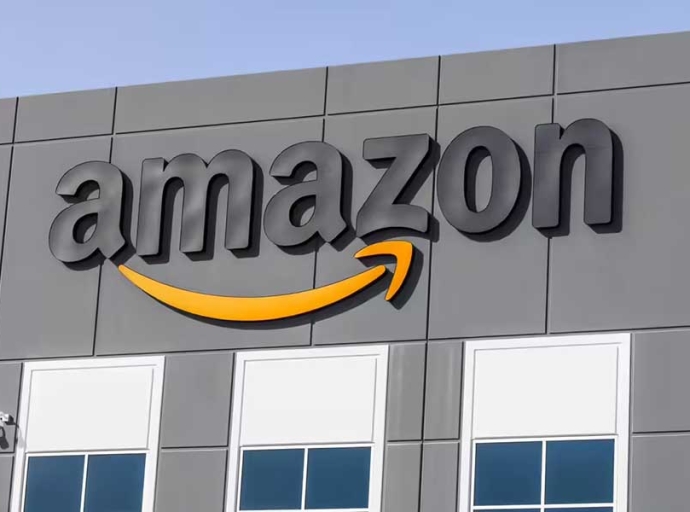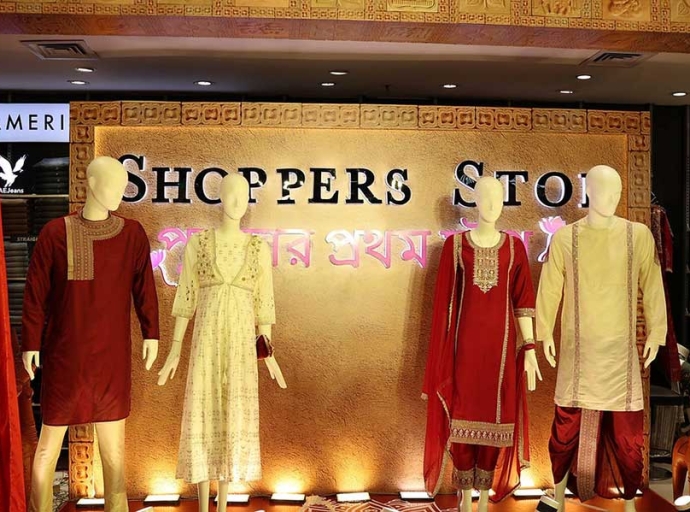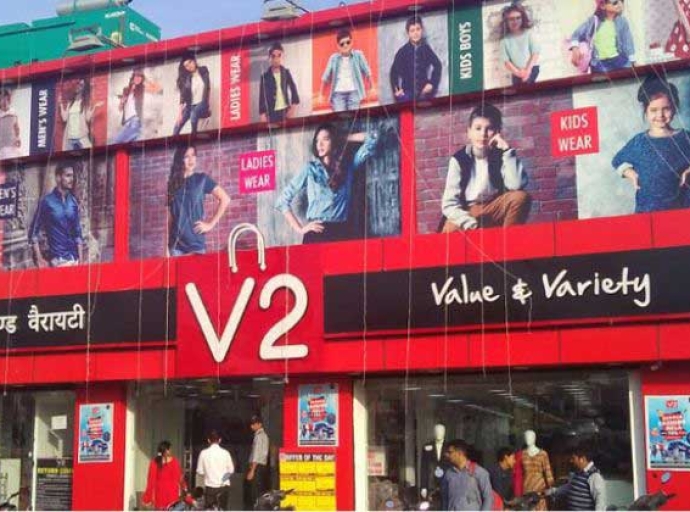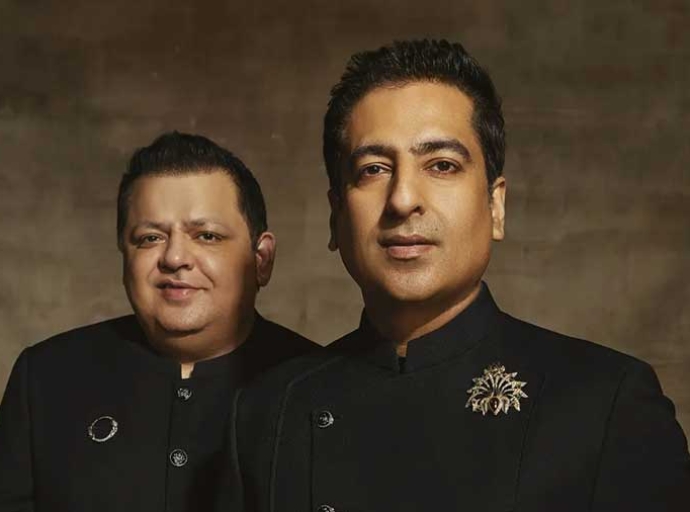The Billion Dollar Bonanza: Sizing up the Indian wedding wear market
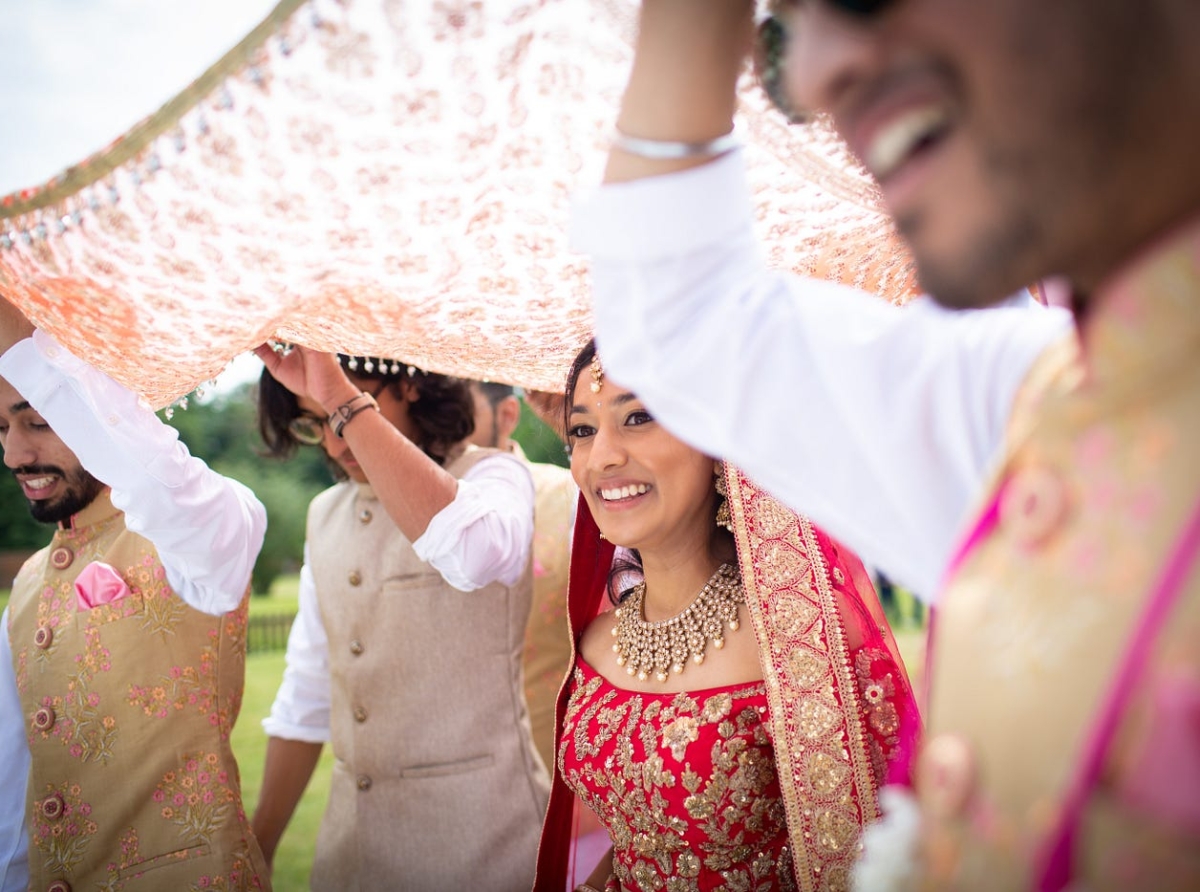
The Indian wedding industry, a juggernaut of celebrations and economic activity, shows no signs of slowing down. Despite global economic headwinds, the market is projected to reach a staggering $130 billion, as per a recent Jefferies report. This makes it the second-largest industry in India, trailing only food and grocery.
The Jefferies report says, while the image of extravagant ‘Big Fat Indian Weddings’ persists, the industry is catering to a diverse range of budgets. Couples are spending an average of Rs 12.5 lakh ($15,000) on their weddings, with some opting for intimate luxury experiences and others prioritizing value.
Indian wedding wear market
Estimates vary slightly, but the Indian wedding wear market is pegged at a sizeable Rs 1,020 billion ($12.75 billion) by CRISIL Research (as of FY20). Technopak paints a broader picture, estimating the total Indian ethnic wear market at a staggering Rs 70,000 crore ($8.75 billion), with wedding wear forming a significant chunk.
The market is projected to witness steady growth. Business Research Insights forecasts a global wedding wear market CAGR of 4 per cent, reaching $79.26 billion by 2031. For the Indian market specifically, reports suggest a CAGR of 15-17 per cent for women's ethnic wear (a major component of wedding wear) between 2022 and 2025.
Meanwhile the Indian wedding wear market has witnessed interesting shifts in recent years. COVID-19 pandemic initially caused a slowdown, with 83 per cent manufacturers reporting no growth during the wedding season as per a CMAI survey in 2020. However, the market has bounced back with renewed vigor post-restrictions. Consumers are increasingly opting for lighter fabrics, fusion designs, and sustainable practices, reflecting a changing lifestyle.
Menswear growing steadily as women’s wear lead
In fact, the wedding wear market has undergone significant changes in recent years. As disposable incomes rise, especially amongst the middle class, spending on weddings, including elaborate attire has increased. Consumers too are becoming more brand conscious, seeking designer labels and high-quality outfits. Online platforms meanwhile have revolutionized accessibility, offering wider product ranges and convenience to a geographically diverse customer base. Design sensibilities too are evolving. Modern cuts, fusion wear, and sustainable fabrics are gaining traction alongside traditional styles. The wedding wear market can be segmented into three main categories:
Menswear: Though smaller than women’s wear, the menswear segment accounts for 15 per cent and is growing steadily. Sherwanis, kurtas, and Nehru jackets are popular choices, with a rising demand for personalized details and fusion styles.
Women’s wear: The dominant segment, accounts for 85 per cent of the market as per Technopak. Bridal lehengas, saris, and gowns are in high demand, with a growing preference for rental options and pre-owned outfits.
Kidswear: A relatively smaller segment, but witnessing increasing interest in designer wear for children participating in wedding festivities.
Cityscapes where does the market flourish
Wedding wear consumption varies as per city size. For example, Tier I cities and metros like Delhi, Mumbai, and Bengaluru are major consumers due to higher disposable incomes and a larger presence of established brands. Tier II and III cities too are witnessing an increase in demand due to a growing middle class and increasing brand awareness through online channels.
Table: Wedding wear consumption
|
City |
Consumption Percentage |
|
Tier I |
40% |
|
Tier II |
30% |
|
Tier III |
30% |
The Indian wedding wear market is traditionally dominated by unorganized players like tailors, local boutiques who hold an estimated 85 per cent market share. However, the branded segment is witnessing significant growth due to several factors. One major factor is the standardized quality and designs brands offer. Their consistent quality and trendy designs, appeal to brand-conscious consumers. No wonder, Amazon, Myntra major e-commerce platforms are expanding their wedding wear collections and offering rental options.
Moreover branded stores provide a curated shopping experience, unlike the traditional scattered market. For example, renowned designer label Sabyasachi specializes in opulent bridal lehengas and couture wear adorned by top Bollywood celebs for their wedding. Celebrity endorsements also play a part as popular figures endorsing brands elevate their appeal and reach a wider audience. For example, Manyavar, a leading menswear brand, known for its focus on heritage weaves and wedding sherwanis has made a mark with Virat Kohli and Anushka Sharma as their brand face.
The Indian wedding industry is a complex ecosystem driven by tradition, evolving consumer preferences, and economic factors. While there might be adjustments in spending patterns, the overall growth trajectory remains positive. The industry's ability to adapt to changing needs and leverage technology for seamless planning will be crucial in its continued success.
Latest Publications



